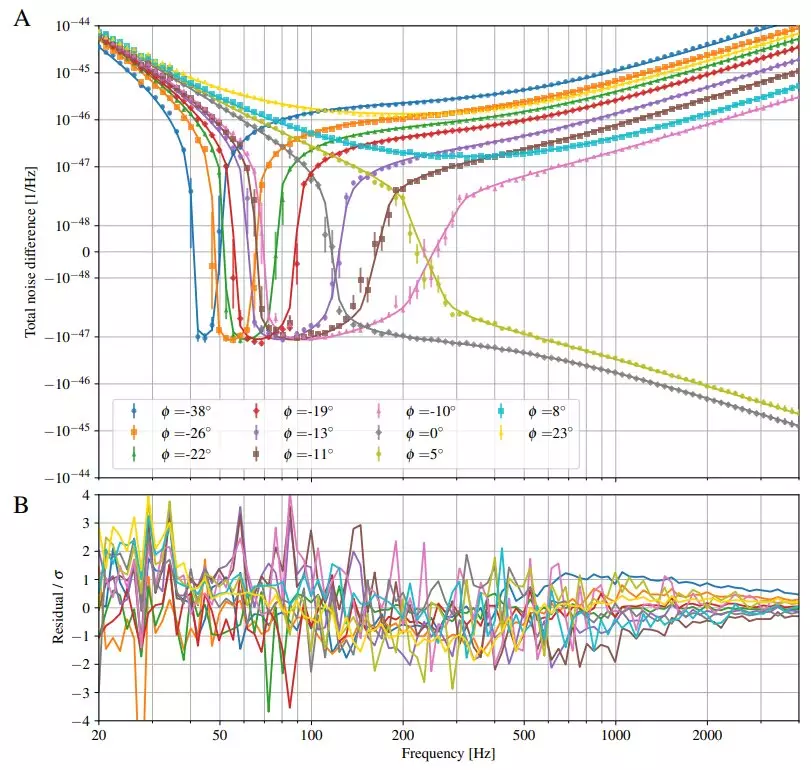The Laser Interferometer Gravitational-Wave Observatory (LIGO) has recently made significant strides in the realm of astrophysics through an innovative technique that enhances the sensitivity of gravitational wave detection. In an insightful study published in the journal Science, a dedicated team of researchers detailed their advancements in squeezing light—a method that effectively minimizes measurement noise and enhances the chamber’s detectability of these elusive cosmic ripples. This groundbreaking work underscores LIGO’s ongoing commitment to refining detection methods since its landmark discovery of gravitational waves in 2015.
LIGO’s operational principle is elegantly simple yet technologically sophisticated. At its core, the observatory employs a dual-laser system that divides a beam of light and sends it down two long perpendicular tunnels. As the beams bounce back off finely-tuned mirrors, any disparities in their travel time can indicate the presence of gravitational waves. These waves, resulting from cataclysmic cosmic events—like merging black holes—can alter the space-time fabric surrounding LIGO’s apparatus. Yet the challenge has always been accurately distinguishing genuine gravitational waves from the inherent flickers generated by quantum fluctuations and environmental factors.
Yoichi Aso, affiliated with the National Astronomical Observatory of Japan, spotlighted these complexities in a Perspective article within the same journal, reinforcing the importance of enhancing detection capabilities. The team’s recent innovations specifically tackle these challenges, providing fresh insights into optimizing measurement sensitivity.
To mitigate previous issues, the team made significant alterations to their operational setup. By introducing specialized crystals embedded within the detector, coupled with advanced mirrors and lenses, they successfully generated a state of “squeezed light.” This innovative approach substantially reduced flickering interference, amplifying the clarity of gravitational wave signals received. Early experiments indicated that the enhancements primarily increased sensitivity for high-frequency waves. However, subsequent adjustments facilitated the detection of lower-frequency gravitational waves as well.
The implications of these advancements are profound. Researchers documented a remarkable doubling in the frequency of detected gravitational waves. This leap enables a broader exploration of the universe, expanding the horizons of what is scientifically attainable. The team anticipates that their methodology will unearth new phenomena, such as the merger events of primordial black holes that transpired shortly after the formation of the first stars.
The progress at LIGO signifies not merely an increment in detection capability, but a fundamental pivot in our understanding of the cosmos. As the observatory continues to adapt and refine its technologies, the potential for groundbreaking discoveries grows exponentially. With these advancements, researchers are poised to explore previously unattainable realms of astrophysics, potentially unlocking mysteries that have tantalized scientists for decades.
LIGO’s innovations represent a monumental leap in gravitational wave astronomy, merging theoretical physics with practical detection methodologies. The future holds promising possibilities, and the scientific community awaits with bated breath as new insights unfold from this ongoing quest to unravel the intricacies of the universe.


Leave a Reply